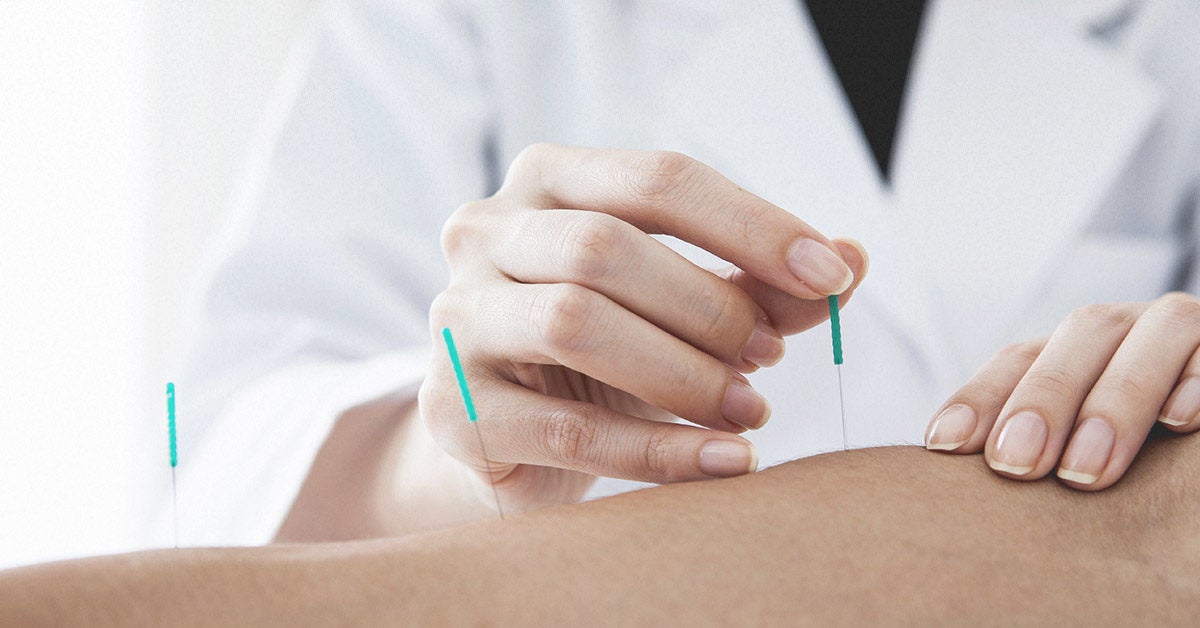Dry Needling (DN) is a treatment method where fine single-use needles are inserted into altered or dysfunctional tissue to improve or restore function1. Dry needling in Edmonton is usually inserted into taut bands of muscle or connective tissue that may be contributing to your pain and limiting free and relaxed movement.

Image Source: Google
Depending on the specific techniques used, this method can assist in the whole body and local pain reduction, decrease the sensitivity of trigger points, and help reduce muscular tightness and spasms. The name ‘dry needling’ is largely used to distinguish it from other types of needling that involve injections of ‘wet’ substances into an affected area.
Is it the same as acupuncture?
Although there are some clear similarities, it is not the same. DN uses a western medical and anatomical approach to guide needle placements with the aim of restoring normal tissue function and reducing pain.
In comparison, acupuncture uses traditional eastern philosophy that involves the utilization of meridian or points based on an East Asian Medicine diagnosis and theories to treat local and systemic conditions.
How does it work?
DN may help to reduce pain, improve joint mobility, and reduce unwanted tissue tension and trigger points that may be slowing your rehabilitation and return to full activities. Although the precise mechanisms are complex and not fully known, dry needling is thought to decrease pain via local and central nervous system responses, as well as promote local physiological and chemical changes to restore homeostasis (normal balance) in the muscle tissue.